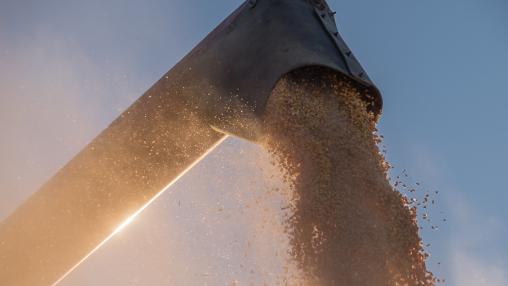
Lessons from the Ukraine Crisis: New Ebook Released
With the world already reeling from the high food prices and other economic impacts of the COVID-19 pandemic, the outbreak of conflict in Ukraine in February 2022 again raised the specter of a major global food security crisis. Since that time, analysis of the extant and potential future impacts of the conflict on food and fuel prices, trade, food security, and poverty has been a primary focus for policymakers, researchers, and development professionals around the world.
Global Evidence for Improving Resilience and Food Security: Findings from the REAPER Agriculture-Led Growth and Nutrition-Sensitive Agriculture Evidence Gap Maps
Currently, an estimated 765 million individuals suffer from food insecurity worldwide. Climate change, recurring shocks, stressors, and crises threaten to exacerbate chronic vulnerability, hunger, and water insecurity. Although there is a vast evidence base examining global alleviation efforts, there are few systematic, end user-focused tools to help make sense of the growing literature.
Irregular Migration and Food Security: A View from West Africa
How does food insecurity affect irregular migration, and what role can a needs-based humanitarian response play? A recent collaboration between IFPRI and the World Food Programme took a route-base approach to looking at irregular migration in West Africa—examining migrant origins, their transit experience, and the situation where their journey stalls or ends. The mixed method study includes case studies of the Ténéré desert crossing, across the south-central Sahara, for Malian and Libyan migrants.
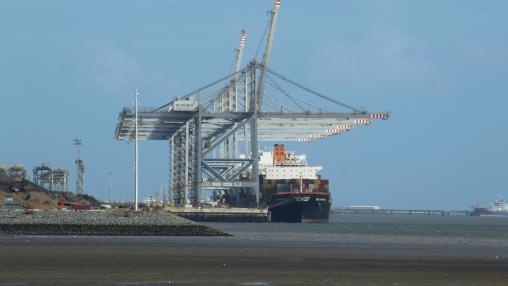
When Policy Responses Make Things Worse: The Case of Export Restrictions for Agricultural Products
When the global prices of staple commodities surge, some governments react immediately by imposing trade-restricting measures in order to insulate domestic prices from rising world prices. During the global food price crisis of 2007–2008, such behavior was observed among many governments, particularly in net food-exporting countries, in response to the impending food security shock. As many as 16 countries imposed some form of export restriction, such as a ban or export tax, on commodities including rice, wheat, maize, other grains, and vegetable oils.
Tiny Microbes with Big Business Impact: The Economic and Health Implications of Food Safety
Globally, conflict and climate change threaten advances made to reduce hunger and support economic development. Without safe food, we are not able to properly address food security issues. Through biological and chemical contamination, tiny microbes can have big impacts on human health and the economy. This webinar will explore the links between food safety programming and impacts on human health and nutrition, including the long-term effects of food poisoning.
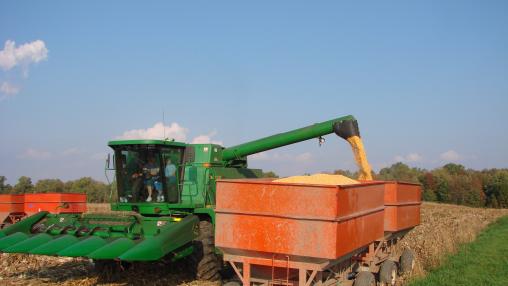
Food Prices Continue Decline in May, But Concerns about Inflation Remain Strong
The FAO Food Price Index declined by 2.6 percent in May. Compared to May 2022 levels, the Index is 22.1 percent below its all-time high.

FAO Status of Women in Agrifood Systems report: Reflecting on a decade of measuring progress in women’s empowerment
I was recently in Rome attending the April 13 launch of the U.N. Food and Agriculture Organization’s 2023 report The Status of Women in Agrifood Systems. I’ve been privileged to work with FAO colleagues as an external expert on two flagship reports on gender: The State of Food and Agriculture 2010-2011—Women in Agriculture: Closing the Gender Gap for Development and now this one, together with colleagues from the CGIAR GENDER Impact Platform.
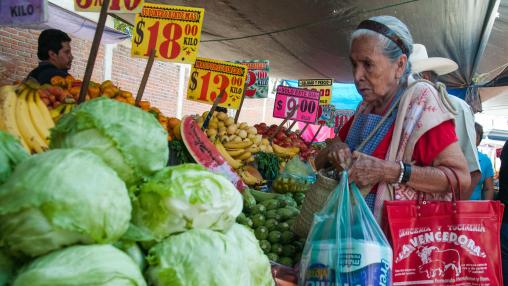
Food price inflation continues putting people’s food security at risk
FAO’s Food Price Index edged up slightly in April 2023, the first increase following 12 consecutive months of decline. The increase in this index for internationally traded food commodities was caused by a sharp rise in sugar prices and a moderate rise in meat prices. International prices for cereals, dairy and vegetable oils continued their prolonged decline after peaking in March 2022. Among cereals, only rice prices were up, but this rise was outweighed by further declines in the prices for wheat and maize.
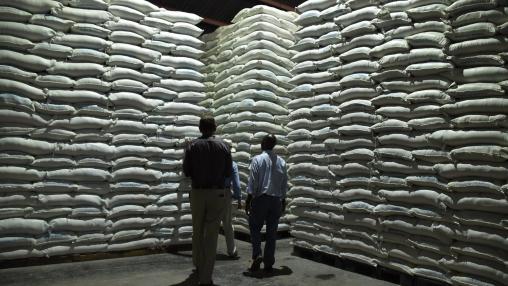
Six lessons learned from a year of multiple crises: Beyond the Russian invasion of Ukraine
As 2022 came to a close, we attended the GIZ conference “A Year of Multiple Crises: Reflecting the impacts, policy responses and outlook for food security and agriculture in sub-Saharan Africa.” During the event, experts examined the global policy implications of the Russia-Ukraine war regarding food, fuel, and fertilizer, as well as the conflict’s global market disruptions and its particular impacts on African economies.
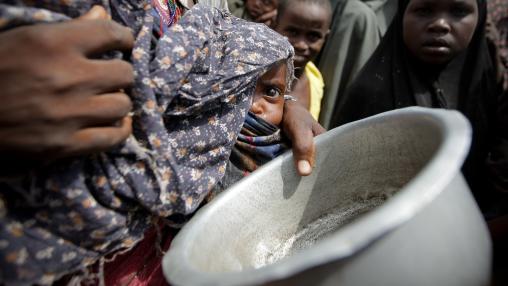
Increasing Resilience to Prevent Food Crisis: 2023 Global Food Policy Report Released
Over the past decade, the world’s food systems have faced multiple significant shocks, from the COVID-19 pandemic and the impacts of the Russia-Ukraine conflict to numerous climate change-driven natural disasters and instances of civil unrest and political instability. These challenges have disrupted markets, driven up food and fertilizer prices and price volatility, reduced food availability and accessibility, and pushed millions of people into hunger.